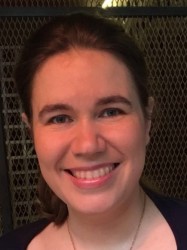BibTex format
@article{Ferreira:2020:10.1002/mrm.28294,
author = {Ferreira, PF and Martin, RR and Scott, AD and Khalique, Z and Yang, G and Nielles-Vallespin, S and Pennell, DJ and Firmin, DN},
doi = {10.1002/mrm.28294},
journal = {Magnetic Resonance in Medicine},
pages = {2801--2814},
title = {Automating in vivo cardiac diffusion tensor postprocessing with deep learning-based segmentation},
url = {http://dx.doi.org/10.1002/mrm.28294},
volume = {84},
year = {2020}
}

